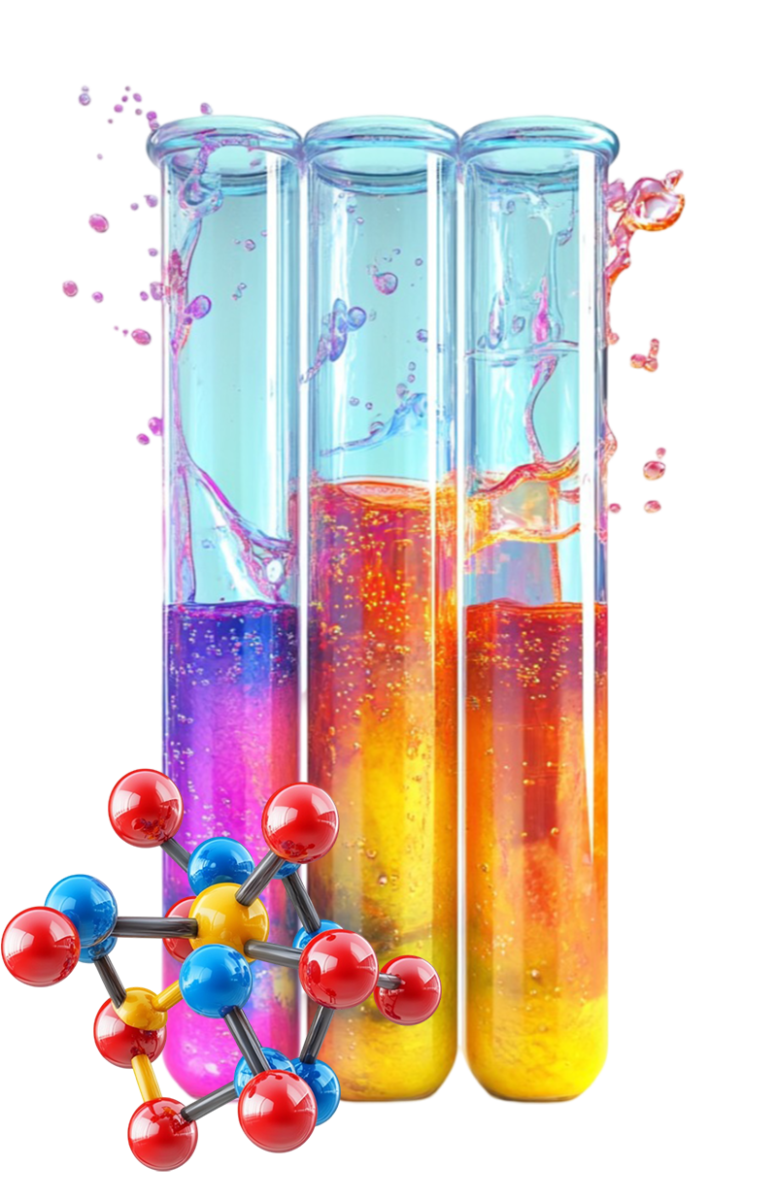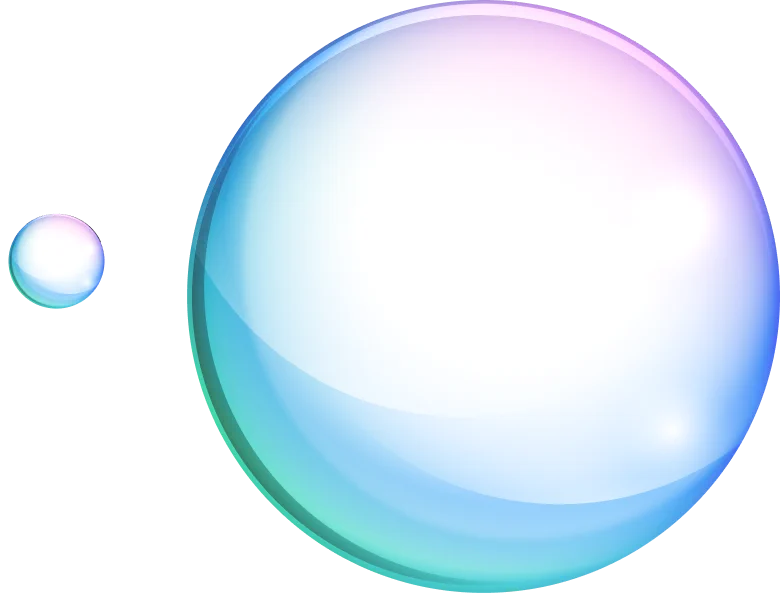Why poly aluminum chloride (PAC) is a game-changer in waste water treatment?
Waste water treatment is a critical process for protecting our environment and ensuring clean water for communities and industries. One of the most effective tools in this process is PAC, a versatile coagulant that is transforming how we treat wastewater. Here is why PAC is widely used:
1-Efficient coagulation: PAC effectively aggregates suspended particles, colloids, and organic matter, forming larger flocs that are easy to remove.
2-works across a wide range of PH: unlike other coagulants, PAC performs well in a broad PH range (5-9), reducing the need for PH adjustments.
3-Reduces sludge production: PAC generates less sludge compared to traditional coagulants like alum, cutting down disposal costs and environmental impact.
4-Removes phosphorus: it is highly effective in removing phosphorus, helping to prevent eutrophication in water bodies.
5-Cost-effective: PAC requires lower dosages, making it a budget-friendly option for both municipal and industrial wastewater treatment suage.
For municipal wastewater plants to industrial effluents, PAC is playing a pivotal role in improving water clarity, reducing contaminants and ensuring compliance with environmental regulations. PAC also leaves lower residual aluminum in treated water, making it a safer and more sustainable choice.
poly aluminum chloride by market size, by end-user, by application, by development and technology in 2032:
The global poly aluminum chloride (PAC) market was valued at approximately USD 1.5 billion in 2022. It is projected to grow at a compound annual growth rate (CAGR) of around 6.5% from 2023-2028. This growth is attributed to increasing demand for water treatment solutions, as PAC is widely used for purifying drinking water, wastewater and industrial effluents. The expansion of the market is driven by the rising need of the clean water and stringent regulations governing water quality across various regions. Merging market, particularly in Asia-Pacific, exhibit significant potential due to rapid industrialization and urbanization, which are likely to spur the demand for effective water treatment chemicals. Opportunity analysis reveals substantial growth prospects for the PAC market in developing economies, where infrastructural advancements and heightened awareness about environmental sustainability are creating lucrative opportunities. The increasing focus on improving water infrastructure and addressing water scarcity issues is expected to further drive the adoption of PAC. Additionally the market is witnessing innovation in PAC formulation, enhancing its efficiency and application scope. As industries continue to investing in advanced water treatment technologies, poly aluminum market is posed for robust growths, especially in emerging regions with expanding industrial and municipal water treatment needs.
By the year 2030, the scale for growth in the market research industry is reported to be above 120 billion which further indicates its projected compound annual growth rate (CAGR), of more than 5.8% from 2023 to 2030. There have also been disruptions in the industry due to advancements in machine learning, artificial intelligence and data analytics. There is predictive analysis and real time information about consumers which such technologies provide to the companies enabling them to make better and precise decisions. The Asia-Pacific region is expected to be the key driver of growth, accounting for more than 35% of total revenue growth. In addition, new innovation techniques such as mobile surveys, social listening, and online panels which emphasizes speed, precision and customization are also transforming this particular sector.
Application
What are the factors driving the growths of the global PAC market?
City sewage
oil field reinjection water
paper production
textile

industrial waste
drinking water
leather production
agriculture
How to find The Right PAC dose for wastewater treatment?
Adding too much poly aluminum chloride (PAC) increases costs. Adding too little reduces treatment efficiency. The right dose depends on COD, TSS, PH and turbidity. Here is how to find it:
Understand the waste water first:
COD (mg/L): measures organic and inorganic pollutions.
TSS (mg/L): measures suspended solids in water.
pH: PAC works best between 5-9.
Turbidity: high turbidity often means a higher PAC dose is needed.
Calculate a JAR test: this is the most accurate way to determine the PAC dose.
Steps:
Take wastewater samples in separate jars.
Add different PAC doses (10-20-30 mg/L, etc.).
Mix rapidly (100-150 rpm) for 1-2 minutes.
Reduce mixing (20-40 rpm) for 10-15 minutes.
Let the jar settle for 20-30 minutes.
Measure COD, TSS, and turbidity in the supernatant.
Choose the dose that gives the lowest COD, TSS and turbidity.
Factors that affect PAC Dose:
Wastewater composition: higher organic loads need more PAC.
pH: adjust between 5-9 for best results.
Temperature: cold water may need a higher dose.
Mixing: poor mixing leads to incomplete treatment.
Monitor and adjust regularly:
Wastewater changes over time. Keep checking COD, TSS and turbidity. Adjust PAC doses as needed. A well-optimized PAC dose cuts costs and improves treatment. Run a jar test before doing blindly.
Application
Environmental impacts of PAC
Environmental friendliness
PAC is a low-risk substance and has fewer harmful effects on the environment. However, the dosage and method of use of this substance must be carefully considered to reduce its side effects.
Corrosion resistance
PAC has high corrosion resistance due to its chemical properties. This feature contributes to its longer life span and is used in water and wastewater treatment processes.
Wastewater treatment
The use of PAC in wastewater treatment can help reduce water pollution and improve the quality of treated water. It reacts with heavy metals and various contaminants, causing them to precipitate as solid sediments.

Drinking water purification
PAC has been successfully applied in drinking water purification. It is a suitable choice for these applications due to its high efficiency and lower environmental impact than other purification materials.
Paper production
The use of PAC in the papermaking process has been around since the 1970s. Due to its unique properties, this material is a suitable alternative to aluminum sulfate in the papermaking process.
Standard PAC
Description: This is our most commonly used PAC formulation, ideal for municipal water treatment facilities. It effectively removes suspended solids, colloids, and organic matter, resulting in clear and safe drinking water.
Applications: Drinking water purification, wastewater treatment, and general industrial use.
High Basicity PAC
Description: Our high basicity PAC features an increased aluminum ion concentration, enhancing coagulation properties. This formulation is particularly effective in challenging water conditions with high turbidity levels.
Applications: Industrial effluent treatment, stormwater management, and agriculture runoff.
Low-Soluble PAC
Description: Designed for specific industrial applications, this formulation offers slower solubility, providing prolonged coagulation effects, making it suitable for larger treatment systems or processes requiring extended contact times.
Applications: Large-scale manufacturing, mining operations, and paper production.
Eco-Friendly PAC
Description: Committed to sustainability, our eco-friendly PAC is produced using environmentally safe practices. This formulation prioritizes minimal environmental impact without compromising coagulation performance.
Applications: Green building projects, sustainable construction sites, and environmentally conscious industrial processes.



